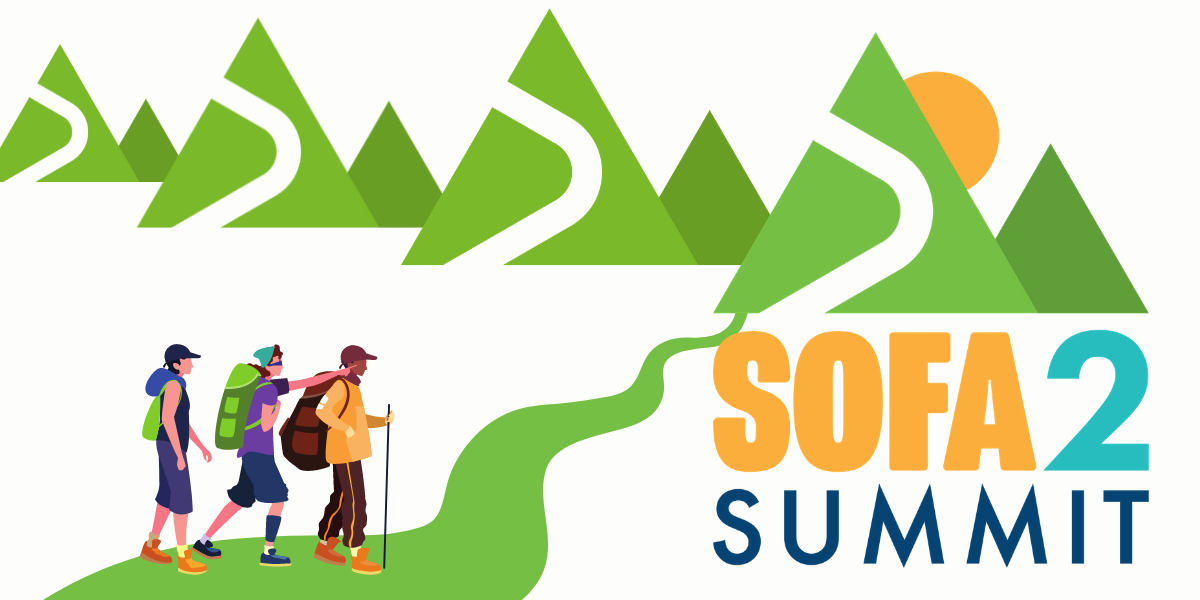There is something a little bit magical about the idea of heading into the mountains as the sun goes down and everyone else is returning home from their day in the hills.
With the right planning, preparation, skills and respect for the risks, hill walking by moonlight can be an awesome, exhilarating experience, made all the more possible on a clear summer Highland night. 'Midnight mountaineer' Alan Rowan gives us his top tips to keep you safe when venturing out after dark...
For your early walks, pick warm, settled, clear weather. A full moon or a starry sky will enhance the experience and make it easier to navigate. Take advantage of cloud-free midsummer evenings, when twilight light levels can last all through the night. Don't make it more challenging than it need be by adding in factors like strong winds or rain.
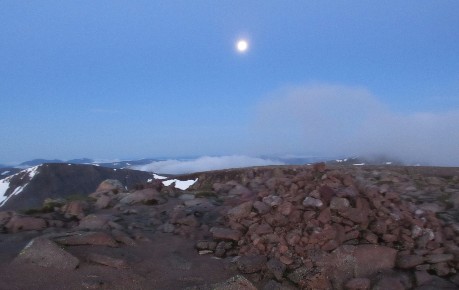
3.30am midsummer full moon on Braeriach - Alan Rowan
Walking in the mountains at night is totally different from walking in daylight hours. Build up your confidence and experience with relatively short walks along well-defined paths with moderate height climb. It can take a while for your eyes and your brain to adjust to the limited light, altering your perceptions of sight and sound. A few practice trips before undertaking a bigger all night expedition are definitely worth it.
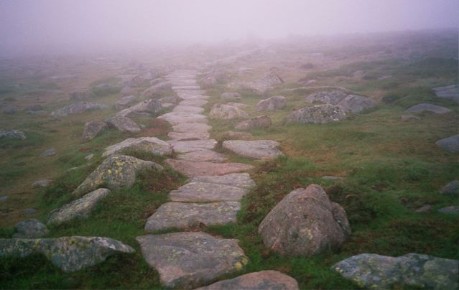
Low visibility on path up Lochnagar
Best not to venture out alone at first. Go with a friend or in a group. Perhaps something a bit different for a club meet for experienced members? You could also try hiring a guide or choose to try it out at a walking festival. Some company and familiar voices can be most welcome as the overwhelming quiet, interspersed with the sounds of a night time mountain, can be a little unnerving to begin with! If you do go alone, let someone know your plan and expected time of return.
Take a headtorch. In fact, take two. You don't want to be caught out in the dark so have a spare in case of emergency and pack extra batteries and bulbs. LED torches are probably the most reliable and adjustable beams will be helpful, enabling you to move between close-up map checks to distance landscape features. Remember, it will take time for your night vision to adjust after a bright torch, so give it a go by moonlight first.
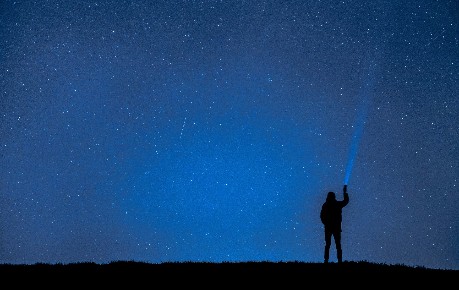
Pixabay.com
Shortcuts may sometimes seem like a good idea but stumbling around in the dark certainly isn't. Stick to good paths and ridge lines. 'Hand rail' features like streams and fences can be handy landmarks to guide your way in day light, but they can be even more useful at night. Basic navigation skills are a must - read up or book on one of our courses!
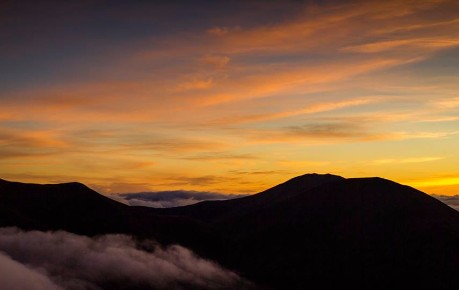
The sleek outline of Beinn a Ghlo - Alan Rowan
It's usually best to head west in the dark. The moon is in front of you and the rising sun will spread the light on the slopes as you rise. When you are starting out, try heading of a few hours before sunrise so you get a bit of practice without committing to a full night on the hills.
Even during the warmest summer months, it can be close to freezing during the early morning hours. Make sure you carry plenty of layers, spare dry socks, gloves and a fleece. Accompany these with all the essential gear you would take on your day time hill walking adventures, like a fully charged phone, an emergency survival bag, a whistle and a first aid kit.
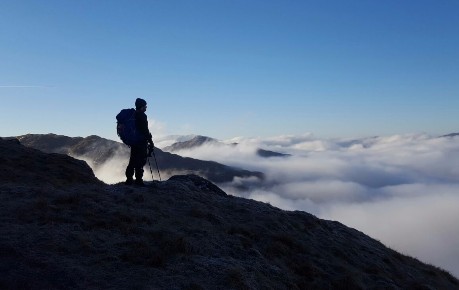
Don't scrimp on kit when you're heading out after dark
You can pick up a good two-person shelter for a decent price. They are really light and pack down tiny at the bottom of your rucksack. They are handy if you fancy a tea break out of the wind, but can also make all the difference protecting you from exposure if something goes wrong and you need to stop for any reason.
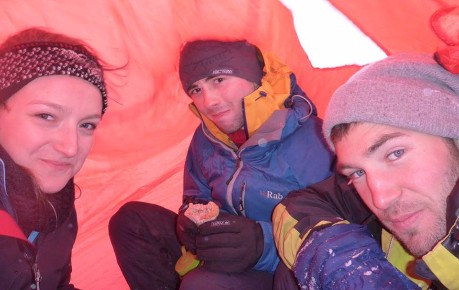
Students hide from the elements in a group shelter on Mountaineering Scotland course
No one feels like a big meal around midnight. Lots of snacks - fruit, nuts, oatcakes, gums etc - all through the ascent will keep you going. And there's always the promise a big breakfast when you come down!
...But donít be afraid to turn back if you feel intimidated or are getting tired. Your body clock will be sure to let you know if it feels wrong. There are sure to be other nights to head out for more practice.
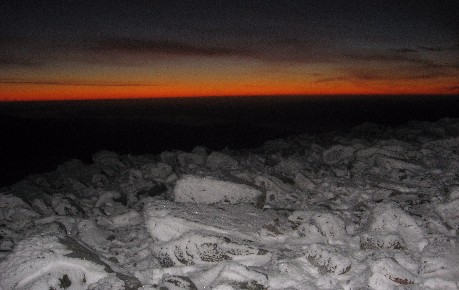
5am and dawn breaks on Schiehallion - Alan Rowan
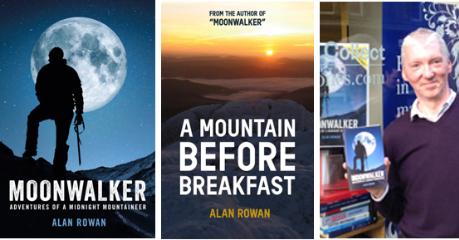
Mountaineering Scotland member, mountaineer, journalist and author Alan Rowan, took on the challenge of completing the Munros, and later the Corbetts, after dark when shift work got in the way of his daylight hill walking. Several books later and he is still a champion for the wonders of nocturnal mountain adventures.
Before you set off into the hills in the dark, it makes sense to ensure you know what you're doing in the daylight.
Sofa 2 Summit is a new online program from Mountaineering Scotland to help you get the most out of hiking in the hills this spring and summer.
It's for people new to hiking who wants to explore Scotland's hills and mountains, or anyone who wants to learn a bit more or take a refresher after a break from hill walking during lockdown.
Register now to get started on this 7 week program and let us help you get from sofa to summit!
